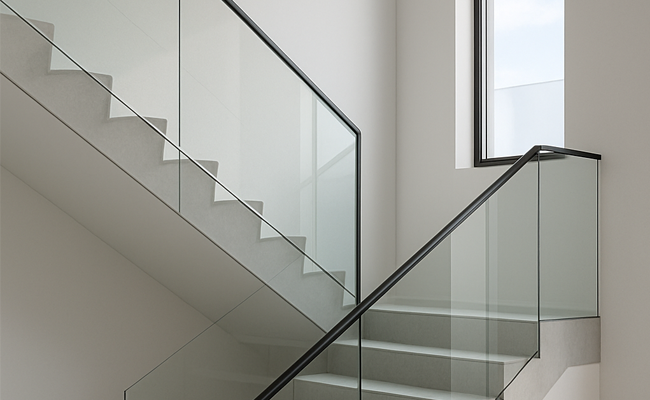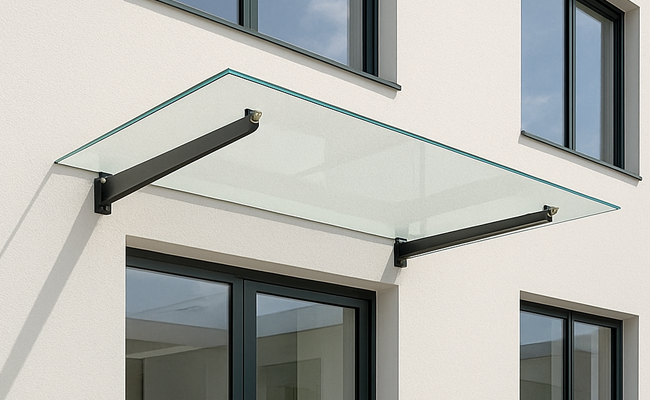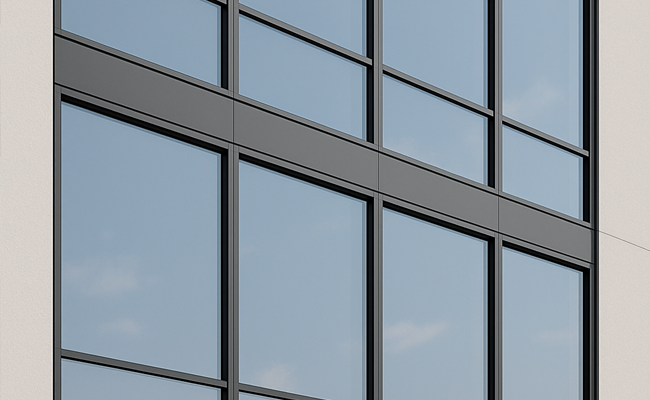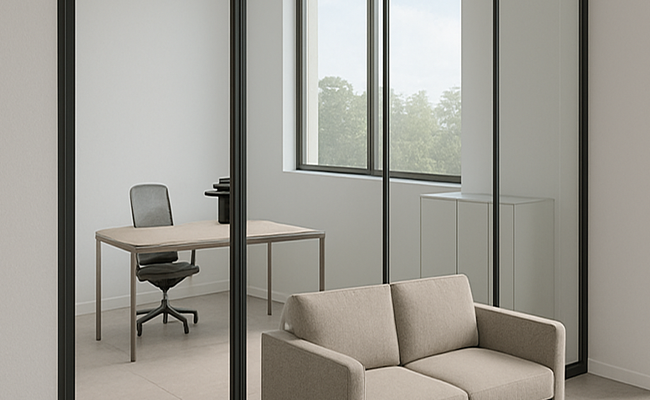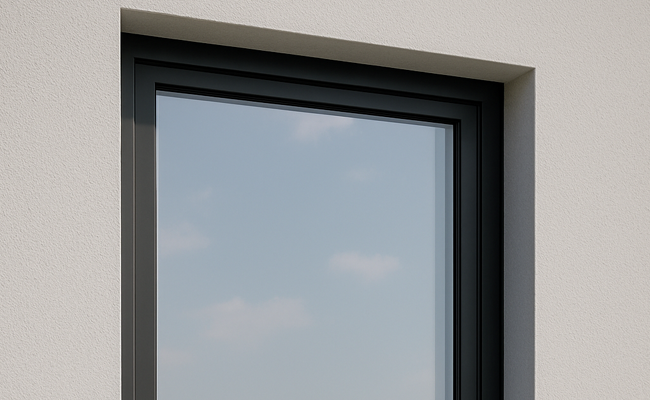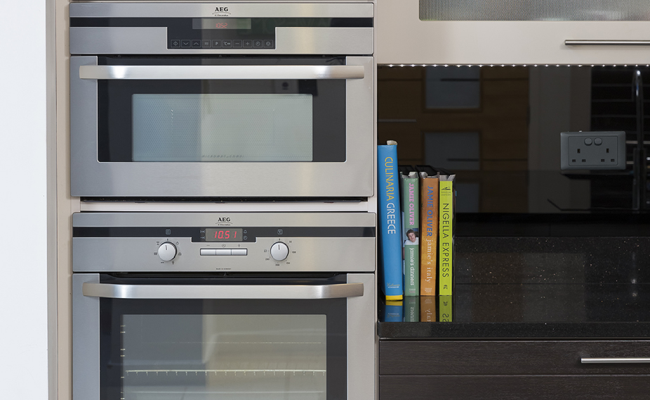Ten top tips for better sound insulation
Sound insulation is becoming more and more important for homeowners. They are increasingly looking to block out everything from traffic noise to barking dogs, or perhaps the neighbour’s new drum kit. Landlords and developers are also acknowledging the value of sound insulation in the home, especially for higher-end properties.

We’re seeing a greater demand for glazing that can help block out noise. Here are some simple tips to help maximise sound insulation with glazing:
1. Generally, the thicker the glass, the better the sound insulation.
2. Laminated glass used for safety applications provides better sound insulation compared to monolithic (float) glass, as the presence of the interlayer introduces a damping effect.
3. If one pane of the insulating glass unit (IGU) is laminated, then face this towards the warmer side, usually the inside of a building. The warmer the interlayer in the laminated glass, the softer it is and the greater the damping effect.
4. For IGUs, using panes of different thicknesses can offset the dip in sound insulation due to individual resonance effects.
5. The wider the gap between the panes of glass, the better. However, there is little variation in acoustic performance in the range of 6 mm to 20 mm for IGUs.
6. Secondary glazing with large cavity widths can provide high performance, but only if all airgaps are sealed properly.
7. Contrary to popular belief, triple-glazing is not always better than double glazing at insulating against noise. Careful selection of the glass types is necessary to optimise sound insulation in triple glazing.
8. Enhanced performance can be achieved by specifying laminated glass with a special acoustic PVB (poluvinylbutyral) interlayer. The Pilkington Optiphon™ range of acoustic laminated glass, for example, has been given the seal of approval by Quiet Mark, the international mark of approval from the Noise Abatement Society Charitable Foundation.
9. Know your noise source. Glass performs differently against different types of noise. For example, a product effective at reducing road traffic noise transmission may not be effective against human speech (and vice versa).
10. If you’re not convinced of the acoustic performance of a product, refer to a specification tool like Pilkington Spectrum, and request a copy of the test report.
Following these tips will help installers create peace and quiet for their customers.
For more details on Noise control check our Noise Control Bulletin.
